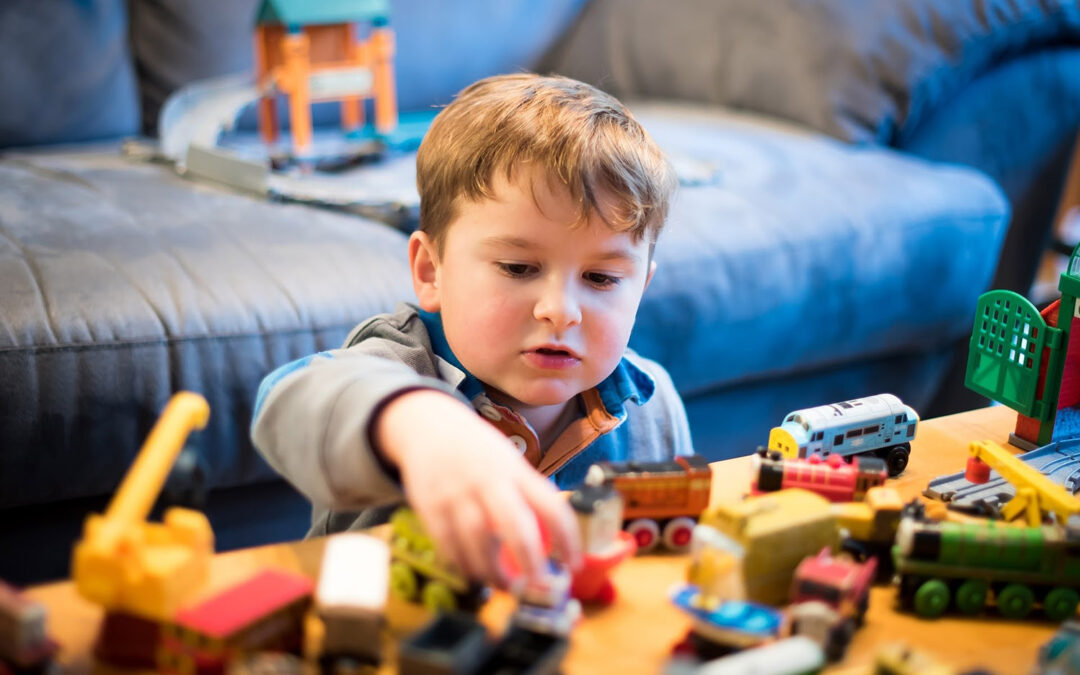All too frequently, mishaps involving kids and toys happen, which can lead to eye injuries. Thousands of children under the age of 14 experience severe eye injuries, including blindness, as a result of toys every year. When playing with toys, there are three key ways to keep your child’s site safe from harm:
- Purchase toys appropriate for their age only.
- Teach them safe play techniques with their toys.
- When they’re playing, keep an eye on them.
Guidelines for Choosing Safe Toys
Prior to buying a toy:
- Go over all of the instructions and warnings on the box.
- Consider whether the toy is appropriate for the age and skill level of your child.
- Do not buy toys with rods, spikes, sharp or rigid points, or edges that could be dangerous.
- Children’s sunglasses should have their lenses and frames checked; many can break and result in injuries.
- Invest in toys that can resist impact and won’t shatter into sharp pieces.
- Seek out the initials “ASTM.” This indicates that the product satisfies the ASTM (American Society for Testing and Materials) national safety standards.
- Steer clear of toys with projectiles or pieces that fly off. Recall that BB guns are not playthings.
Prior to allowing kids to use toys:
- Check toys for robust, safe construction.
- Describe how to operate the toy.
- Mend or discard damaged playthings.
And always…
- Keep toys intended for older kids away from young ones.
- Keep an eye on your kids while they’re playing.
- After play, carefully store toys to prevent accidents or trips.
- Watch over kids’ craft projects; scissors and glue can be very harmful to a child’s vision.
- Make sure kids are sporting the appropriate eye protection (helmets, eyeguards, face shields).
For more helpful eye care and vision care tips, please visit our main blog page.
Source: Preventblindness.org
Image by 5712495 from Pixabay

